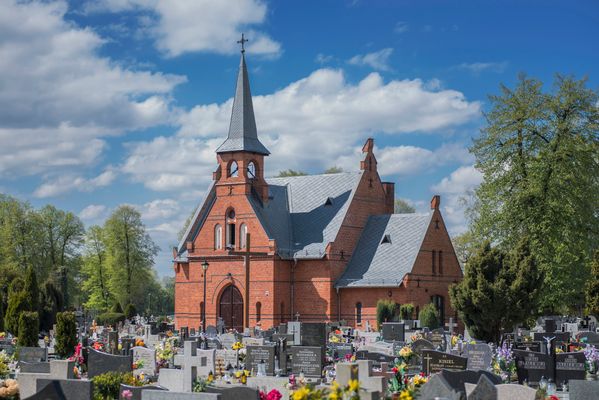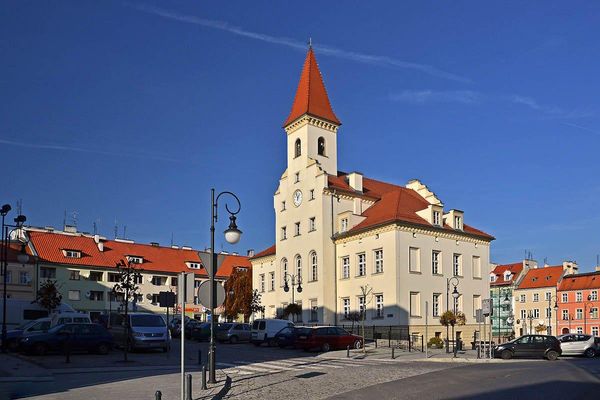A lively Polish city with Gothic and Baroque buildings, numerous bridges, and green spaces. Home to cultural venues and a vibrant food scene in southwest Poland.
Wroclaw, Poland's fourth-largest city, is known for its colorful Market Square, network of rivers and bridges, and small dwarf statues scattered throughout the streets. This active university town in southwestern Poland contains Gothic architecture, many cafes, and cultural sites like the Centennial Hall UNESCO site. As you explore Wroclaw's distinct neighborhoods, you'll see Polish and international cuisine, calm parks, and a city where history coexists with modern life.
Exploring Wroclaw's Market Square
The center of Wroclaw is its medieval Market Square (Rynek), one of the largest in Europe. Colorful townhouses line the square, housing restaurants, cafes and shops. The Gothic Old Town Hall stands in the middle, its astronomical clock dating back to 1580. Climb the Town Hall Tower for wide views over the city. Try traditional Polish pierogi or international dishes at the many eateries around the square. In the evening, the lit buildings create an interesting setting for a walk or drink at an outdoor terrace.
Discovering Cathedral Island
Ostrów Tumski, or Cathedral Island, is the oldest part of Wroclaw. Cross the Tumski Bridge to reach this former island, now connected to the mainland. The large Gothic Cathedral of St. John the Baptist stands out with its twin spires. Walk the cobblestone streets past other historic churches and the Archbishop's Palace. At dusk, watch the lamplighter manually light the gas street lamps, one of the few places in Europe where this tradition continues. The botanical garden nearby has colorful flower beds and greenhouses.
Finding Wroclaw's Whimsical Dwarfs
Look for the hundreds of small bronze dwarf statues scattered throughout Wroclaw. These figures began as symbols of anti-communist resistance in the 1980s and have since become popular city mascots. You'll spot dwarfs engaged in various activities - playing instruments, reading books, or even withdrawing money from ATMs. Pick up a map from the tourist office to go on a dwarf-hunting adventure. Children often enjoy seeking out these characters hidden in unexpected corners of the city.
Visiting the University Quarter
The University of Wroclaw, founded in 1702, adds to the city's student population. Tour the Baroque main building, with its decorated Aula Leopoldina hall covered in frescoes and gilded stucco. Climb the Mathematical Tower for views over the university area. The nearby Church of the Blessed Name of Jesus has an interior with detailed decorations. Plac Uniwersytecki and the surrounding streets contain affordable cafes, bars and bookshops popular with students. Check out events and exhibitions at the university museums to learn about the institution's history and academic work.
Wroclaw's Green Spaces
Take a break from sightseeing in one of Wroclaw's many parks and gardens. Szczytnicki Park, the city's largest, contains a Japanese Garden with traditional architecture and carefully maintained plants. The Multimedia Fountain near Centennial Hall puts on water, light and music shows on summer evenings. For a riverside walk, head to the Oder Boulevards or rent a kayak to paddle along the city's waterways. The Park Południowy features a large pond where you can rent pedal boats in warm weather.



















